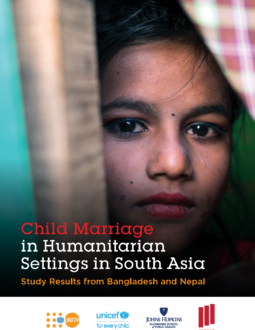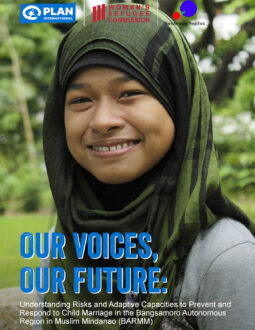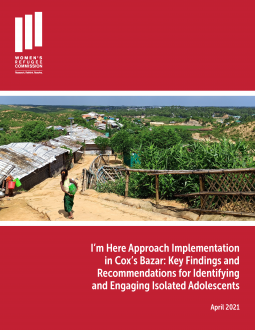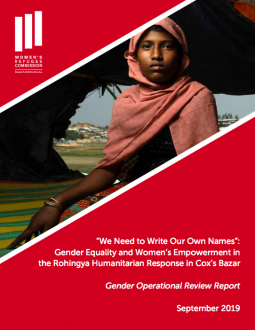
Child Marriage in Humanitarian Settings in South Asia
PublishedStudy Results from Bangladesh and Nepal
Every child has a right to a childhood where they can play, where caregivers ensure their wellbeing, and where they are protected. Child marriage prevents this from happening and can result in serious human rights violations. In South Asia there are an estimated 285 million child brides. Fifty-nine percent of women aged 20–24 in Bangladesh were married under the age of 18, 40 percent in Nepal and 27 percent in India. While the rates of child marriage are decreasing in the region, the vulnerability and insecurity that arises during humanitarian crises threatens to undermine this progress.
In South Asia, a region prone to natural disasters and one that has urgent and protracted conflicts, families may resort to child marriage during crises, as it is perceived to be the best means to provide economic and physical security.
The extent to which humanitarian settings impact child marriage practices and the processes through which they may modify its drivers are not fully understood. In an effort to establish an evidence base for child marriage in humanitarian settings, generally, and for South Asia, in particular, the United Nations Population Fund (UNFPA) Asia and the Pacific Regional Office (APRO) and the United Nations Children’s Fund (UNICEF) Regional Office for South Asia (ROSA) partnered with the Women’s Refugee Commission and the Center for Humanitarian Health at the Johns Hopkins Bloomberg School of Public Health to conduct two country studies on child marriage in humanitarian settings in Bangladesh and Nepal.
This study challenges us to do better for children and young people in humanitarian situations—to urgently bolster economic and social security in those communities that practice child marriage so that this harmful practice does not increase as a result of the stressors families experience in crisis situations.




